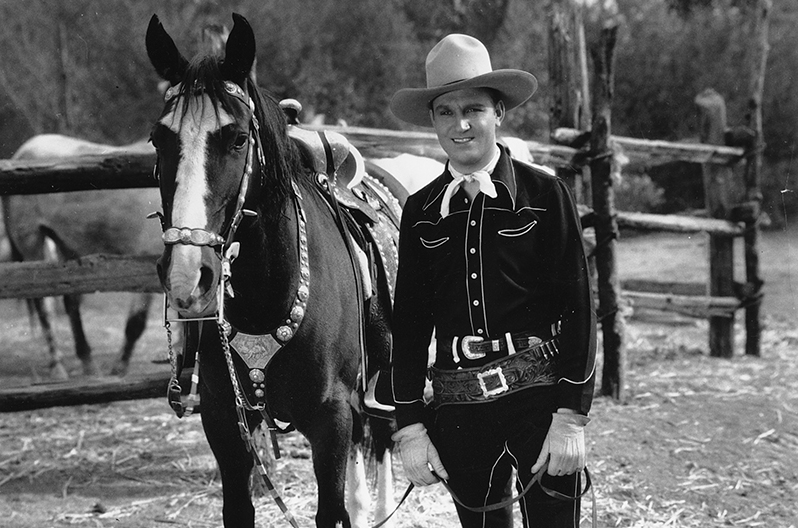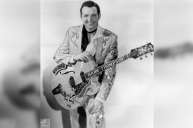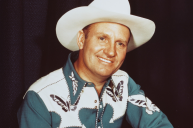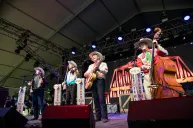The second episode of Ken Burns' Country Music, "Hard Times," covered how external factors in American society impacted country music between 1934 and 1945. These circumstances include the Great Depression, the migration of "Okies" to the West Coast, World War II and a widespread fascination with silver screen cowboys.
Videos by Wide Open Country
Through this sociopolitical lens, viewers last night (Sept. 16) met such early influencers as Bob Wills, Patsy Montana and Roy Acuff while expanding their knowledge about singing cowboy turned Christmas crooner Gene Autry.
Read on for five fast facts learned from the second installment of Burns' long-awaited docu-series.
The Maddox Brothers and Rose Inspired the Look and Sound of Honky-Tonk and Rock
Fans of classic country tend to adore the Alabama-born and California-raised Maddox siblings, but even old souls might not give the group enough credit for predicting the future in the 40's and 50's with its sped-up take on string band music and its flashy stage outfits. This is skipping way ahead of the documentary, but in 1962, Rose Maddox remained an innovator, becoming the first woman vocalist with a hit bluegrass album.
The Coon Creek Girls Played the White House for King George VI and Queen Elizabeth
On June 8, 1939, influential string quartet The Coon Creek Girls made history by performing for foreign royalty at the White House. The guests of President Franklin D. Roosevelt opened their set with "How Many Biscuits Can You Eat?," a song that incidentally might have caused some in the audience to crave cookies.
Gene Autry Starred in a Sci-Fi Serial
https://www.youtube.com/watch?v=g4F2f81tezI
Wide Open Country covered this in the past, but it's still surreal to see clips from The Phantom Empire on an otherwise serious PBS documentary. It's the sort of campy, retro film that inspired the likes of George Lucas and Steven Spielberg when it came their turn to shape cinematic history.
FM Radio Began in Nashville
When WSM-FM (not to be confused WSM 650 AM, home of the Grand Opry) became the first commercial FM station in 1941, it was more associated with the opera than the Opry. This programming choice was part of a culture war of sorts between affluent Nashville and the "hillbilly" outsiders damaging the "Athens of the South" image protected by old money families.
There's More to Minnie Pearl Than Her Straw Hat and Her "How-Dee!" Salute
When a member of Nashville's high society named Sarah Colley adopted the stage name Minnie Pearl, she became an important mediator between her old money peers and the new money dreamers with the drive and vision to turn the future Music City U.S.A. into something desirable for both sides of the argument's bottom lines. Expect to adore Colley (or Pearl, if you prefer) even more by the end of this week's four-episode run.
Now Watch: 10 Legendary Instruments of Country Music
https://rumble.com/embed/u7gve.v43t3h/




